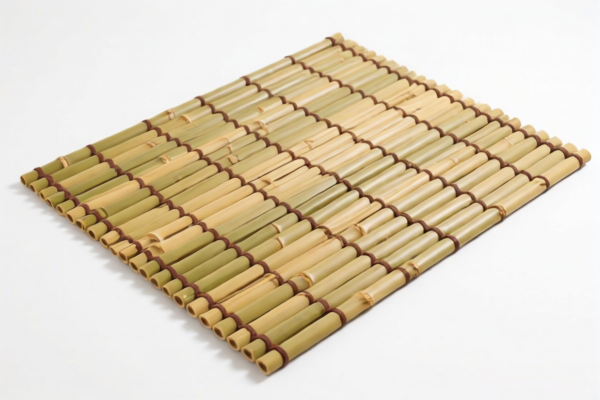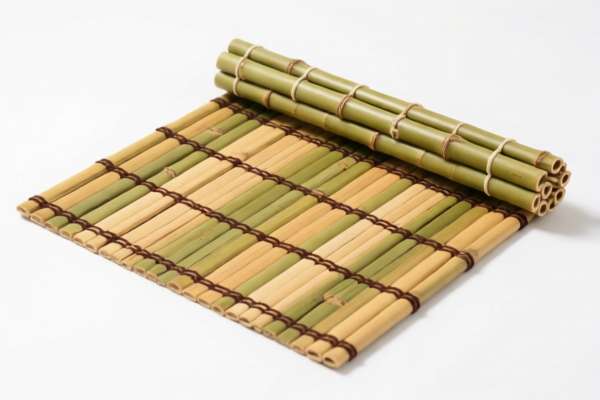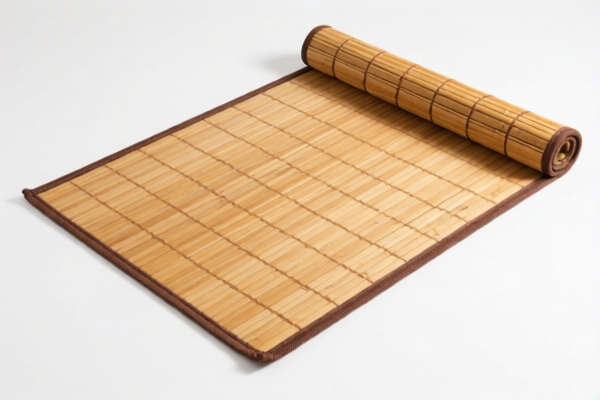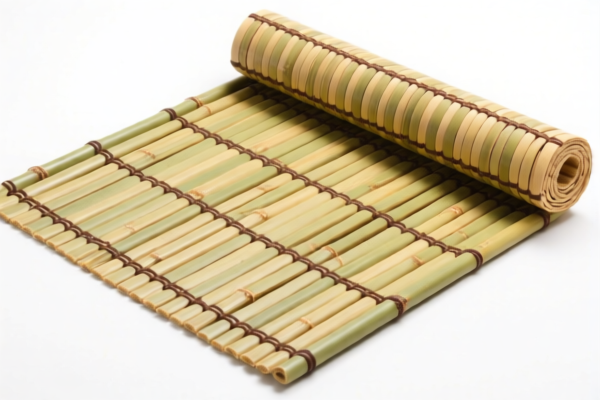| HS Code | Official Doc | Tariff Rate | Origin | Destination | Effective Date |
|---|---|---|---|---|---|
| 9404909670 | Doc | 37.3% | CN | US | 2025-05-12 |
| 4602110500 | Doc | 60.0% | CN | US | 2025-05-12 |
| 4602113500 | Doc | 55.0% | CN | US | 2025-05-12 |
| 4420110010 | Doc | 33.2% | CN | US | 2025-05-12 |
| 4420110030 | Doc | 33.2% | CN | US | 2025-05-12 |
| 4420110090 | Doc | 33.2% | CN | US | 2025-05-12 |




Okay, let's break down the HS codes provided for your "BAMBOO SEAT CUSHIONS" and discuss the implications for customs clearance. I'll provide a structured analysis, focusing on understanding the classifications and potential tax liabilities.
Understanding HS Codes: A Quick Primer
HS codes (Harmonized System codes) are internationally standardized codes used to classify traded products. The first 6 digits are generally consistent worldwide, while countries can add further digits for more specific categorization. Here's how to read them:
- Chapter (First 2 digits): Broad category of the product.
- Heading (Next 2 digits): More specific grouping within the chapter.
- Subheading (Next 2 digits): Further refinement of the product.
- Further subdivisions (Remaining digits): Most detailed level, often country-specific.
Analysis of Your HS Codes
Here's a breakdown of each code, with explanations and potential considerations:
1. 9404.90.96.70 – Mattress supports; articles of bedding… Other: Other: Other: Other
- Chapter 94: Furniture; bedding, mattresses, support, stuffing and similar furnishing.
- Heading 94.04: Mattress supports, articles of bedding, quilts, eiderdowns, cushions, pouffes and pillows fitted with springs or stuffed.
- Subheading 94.04.90: Other. This suggests your cushions aren't spring-based and fall into the "other" category of stuffed bedding.
- Further subdivisions: This code is very specific, indicating a particular type of stuffed cushion.
- Tax: 37.3% total tax (7.3% base tariff + potential 30% additional tariff after April 2, 2025).
- Considerations: Crucially, confirm the stuffing material. If the cushions are primarily bamboo and the bamboo is the main component providing support/shape, this code is likely appropriate. However, if there's significant other material (foam, cotton, etc.), a different code might be more accurate.
2. 4602.11.05.00 – Basketwork, wickerwork… Of vegetable materials: Of bamboo: Fishing baskets or creels
- Chapter 46: Manufactures of plaiting materials, straw, esparto or similar materials.
- Heading 46.02: Basketwork, wickerwork and other articles, made directly to shape from plaiting materials.
- Subheading 46.02.11: Of vegetable materials.
- Further subdivisions: Specifically for fishing baskets or creels.
- Tax: 60.0% total tax (5.0% base tariff + 25.0% additional tariff + potential 30% additional tariff after April 2, 2025).
- Considerations: This code is highly specific. Unless your seat cushions are designed and used as fishing baskets, this is incorrect.
3. 4602.11.35.00 – Basketwork, wickerwork… Of vegetable materials: Of bamboo: Other: Wickerwork
- Chapter 46: Same as above.
- Heading 46.02: Same as above.
- Subheading 46.02.11: Same as above.
- Further subdivisions: "Other" wickerwork made of bamboo.
- Tax: 55.0% total tax (0.0% base tariff + 25.0% additional tariff + potential 30% additional tariff after April 2, 2025).
- Considerations: This is a more plausible code if your cushions are constructed using wickerwork techniques from bamboo. However, it depends on the construction method.
4-6. 4420.11.00.10/30/90 – Tableware and kitchenware, of wood: Of bamboo: Other: Other
- Chapter 44: Wood and articles of wood; wood charcoal.
- Heading 44.20: Furniture of wood.
- Subheading 44.20.11: Of bamboo.
- Further subdivisions: These codes break down based on the type of wood (mango, teak, or "other").
- Tax: 33.2% total tax (3.2% base tariff + potential 30% additional tariff after April 2, 2025).
- Considerations: These codes are appropriate only if your seat cushions are designed and used as furniture (e.g., chair seats). If they are purely for comfort and not structural, these are likely incorrect.
Recommendations & Next Steps
- Material Composition: Precisely determine the percentage of bamboo vs. other materials in your cushions.
- Construction Method: How are the cushions made? (Stuffed, wickerwork, solid wood construction, etc.).
- Intended Use: Are they primarily for comfort (bedding), furniture (chair seats), or another purpose?
- Review the HS Code Descriptions: Carefully read the full descriptions for each HS code in your country's customs tariff. This will help you determine the most accurate classification.
- Consider 9401.61.00: Depending on the construction and stuffing, this code for "Other seat cushions" might be more appropriate.
- Consult a Customs Broker: I strongly recommend working with a licensed customs broker in your country. They can provide expert guidance and ensure accurate classification and compliance.
- Prepare Documentation: Gather all relevant documentation, including invoices, packing lists, and material specifications.
Important Note: The additional tariffs of 30% are subject to change. Stay updated on the latest trade regulations.
Disclaimer: I am an AI assistant and cannot provide definitive customs advice. This information is for general guidance only. You should always consult with a qualified customs professional for specific advice related to your situation.
Customer Reviews
I really appreciated the detailed analysis of the HS codes and the tax rates. It made exporting our bamboo cushions to the US much clearer.
The explanation of the 4420110030 code was good, but I had to read it twice to get the full meaning. Still, it was worth the effort.
The review of the 4602113500 HS code was spot-on. The 55% tariff and the note on wickerwork helped me understand the classification better.
The breakdown of the different HS codes was helpful. I wish there were more examples of how to choose the right one based on material and construction.
Great details on the 4420110010 HS code. The 33.2% tariff and the note about bamboo furniture made it easier to classify our product.